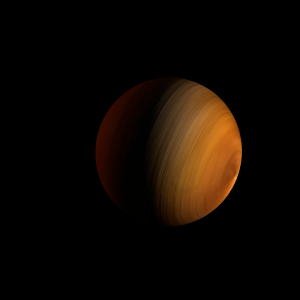|
|
Space Astro
|
Info for exoplanet "Farmar Tungr"
| Scientific (actual) data |
|---|
| Name | Kepler-128 c |
| Planet status | Confirmed |
| Planet mass | 0.00283 |
| Radius | 0.12 |
| Orbital period | 22.804 |
| Discovered | 2013 |
| Updated | 2021-02-05 |
| Publication | Published in a refereed paper |
| Detection type | Primary Transit |
| Alternate names | 2MASS J18495813+4358487 c, K00274.02, KIC 8077137 c, KOI-274 c, KOI-274.02, WISE J184958.14+435848.8 c |
| Star name | Kepler-128 |
| Right ascension | 282.49° |
| Declination | 43.98° |
| Mag v | 11.4 |
| Mag j | 10.373 |
| Mag h | 10.094 |
| Star distance | 400.93 |
| Star metallicity | -0.048 |
| Star mass | 1.09 |
| Star radius | 1.61 |
| Star temperature | 6013 |
| Star alternate names | 2MASS J18495813+4358487, KIC 8077137, KOI-274, WISE J184958.14+435848.8 |
| Wikipedia article | Kepler-128 c |
Back
| |
| Fictional info (?) |
|---|
| Suggested name | Farmar Tungr |
| Planet type | Cold planet |
| Its north and south poles, therefore, lie where most other planets have their equators. |
| Atmosphere | Water vapor | 94% |
| Neon | 4.1% |
| Formaldehyde | 0.94% |
| Atmospheric pressure | 0.0011 bar |
 |
| No known satellites |
| Google search for Farmar tungr |
|
Website by Joachim Michaelis
|
|
|
|